AS the second wave of the coronavirus pandemic spreads unabated, many countries have reached out to India and extended help with life-saving drugs, medical supplies and equipment.
India has been hit hard in the second wave of the pandemic and has seen at least 300,000 people test positive each day for the past week, overwhelming healthcare facilities and crematoriums and fuelling an increasingly urgent international response.
The last 24 hours brought 360,960 new cases for the world’s largest single-day total, taking India’s tally of infections to nearly 18 million. It was also the deadliest day so far, with 3,293 fatalities carrying the toll to 201,187.
The US is rushing in life-saving drugs and machinery, that India needs to combat the massive surge in Covid-19 cases. President Joe Biden spoke at length with prime minister Narendra Modi on Monday (27) and conveyed solidarity with India in its fight against the pandemic.
"We are sending immediately a whole series of help that it needs, including providing for those Remdesivir and other drugs that are able to deal with this," Biden told reporters at a White House news conference on Tuesday (27).
"We are sending the actual mechanical parts that are needed for the machinery they have to build a vaccine, and that is being done as well," he said.
The president said he had discussed with prime minister Modi when the US would be able to send actual vaccines to India.
The Biden administration has come under criticism from several quarters, including from members and supporters of the Democratic Party, for not releasing surplus Covid-19 vaccines to India when the country is experiencing its worst-ever public health crisis.
"The problem is right now, we have to make sure we have other vaccines like Novavax and others coming on probably, and I think we will be in a position to be able to share vaccines as well as know-how with other countries who are in real need," Biden said.
"I might add when we were in a bind in the very beginning, India helped us," Biden said, referring to India, the largest producer of hydroxychloroquine, lifting the ban on the export of the medicine to the US after then president Donald Trump spoke to Modi on phone last year.
On Sunday Biden had tweeted that "Just as India sent assistance to the United States as our hospitals were strained early in the pandemic, we are determined to help India in its time of need."
Help from Canada
Canada will also be providing 10 million dollars to India to support the country in its fight against the unprecedented second wave of the Covid-19 pandemic, prime minister Justin Trudeau has announced.
Addressing a press conference, Trudeau said that Minister of foreign affairs Marc Garneau had “direct conversations” with his Indian counterpart S Jaishankar about how Canada can best help, including the donation of extra medical supplies.
“We are also ready to provide 10 million dollars through the Canadian Red Cross to the Indian Red Cross,” the prime minister said.
This will support everything from ambulant services to buying more Personal Protective Equipment locally, he said.
About the talks between the foreign affairs ministers of both the countries. “We are there to support in any ways we can, and those conversations are very much ongoing,” he said.
“It's something that Canadians are extremely concerned about as we see the terrible and tragic images coming out of India.
“We know that we need to be there for our friends. And indeed, we need to be there for everyone around the world because we don't get through this pandemic anywhere until we get through it everywhere,” Trudeau also said.
New Zealand to assist India
Meanwhile, New Zealand will be giving one million NZ dollars (about USD 7,20,365) to the Red Cross to assist India, its foreign minister Nanaia Mahuta announced on Wednesday (28).
“We stand in solidarity with India at this difficult time, and commend the tireless efforts of India's frontline medics and healthcare workers who are working hard to save lives,” said Mahuta.
“Aotearoa (Maori name for New Zealand) will contribute NZ $1 million to the International Federation of the Red Cross to assist India while they respond to the current surge in Covid-19 cases," The New Zealand Herald quoted her as saying.
The International Federation of the Red Cross (IFRC) is working directly with the local Indian Red Cross Society to provide oxygen cylinders, oxygen concentrators, and other crucial medical supplies.
“We believe a contribution to an international organisation that has a reputation for delivery is the most practical assistance we can make to India at this time,” said Mahuta.
“We will continue to monitor the situation and stand ready to assist the Indian government. We extend our deepest sympathies to the whanau (Maori-language word for extended family) and friends of those who have had their lives cut short by this terrible virus,” she said.


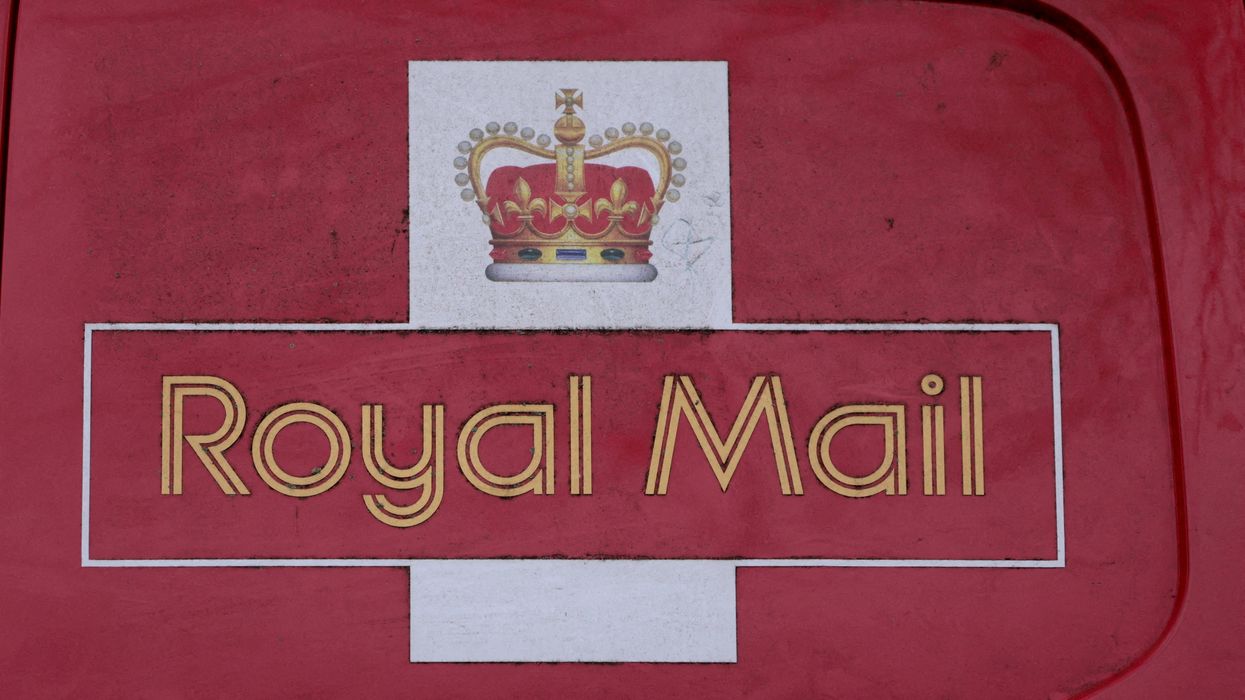














 Vogue 1940; Designer Elsa Schiaparelli wearing black silk dress with crocheted collar of her own design and a turbanFredrich Baker/Condé Nast via Getty Images
Vogue 1940; Designer Elsa Schiaparelli wearing black silk dress with crocheted collar of her own design and a turbanFredrich Baker/Condé Nast via Getty Images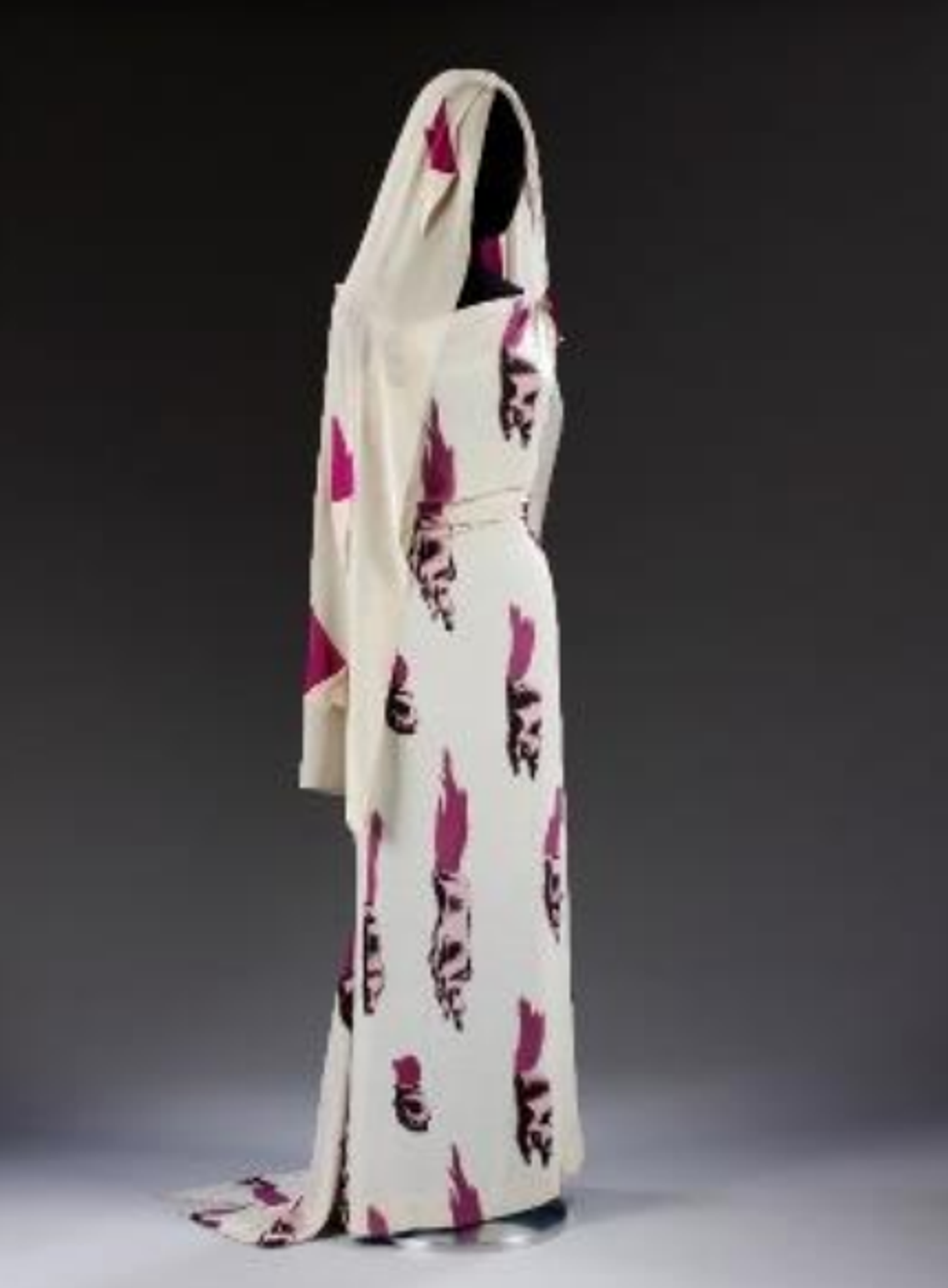 'Tears' Evening dress and head veil, designed by Elsa Schiaparelli, February 1938 for Circus Collection, summer 1938. Fabric designed by Salvador Dali Victoria and Albert Museum, London
'Tears' Evening dress and head veil, designed by Elsa Schiaparelli, February 1938 for Circus Collection, summer 1938. Fabric designed by Salvador Dali Victoria and Albert Museum, London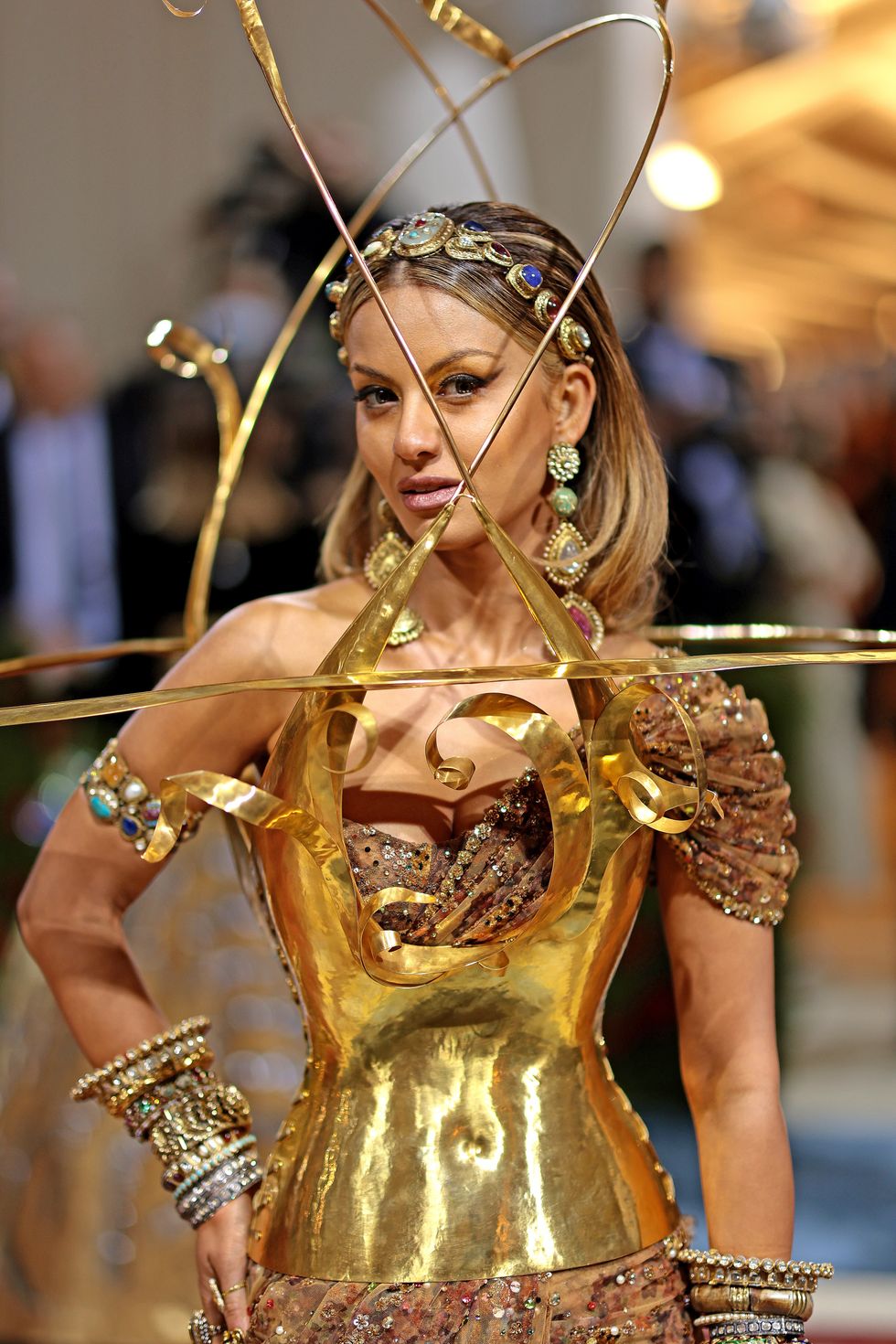 Natasha Poonawalla attends The 2022 Met GalaGetty Images
Natasha Poonawalla attends The 2022 Met GalaGetty Images 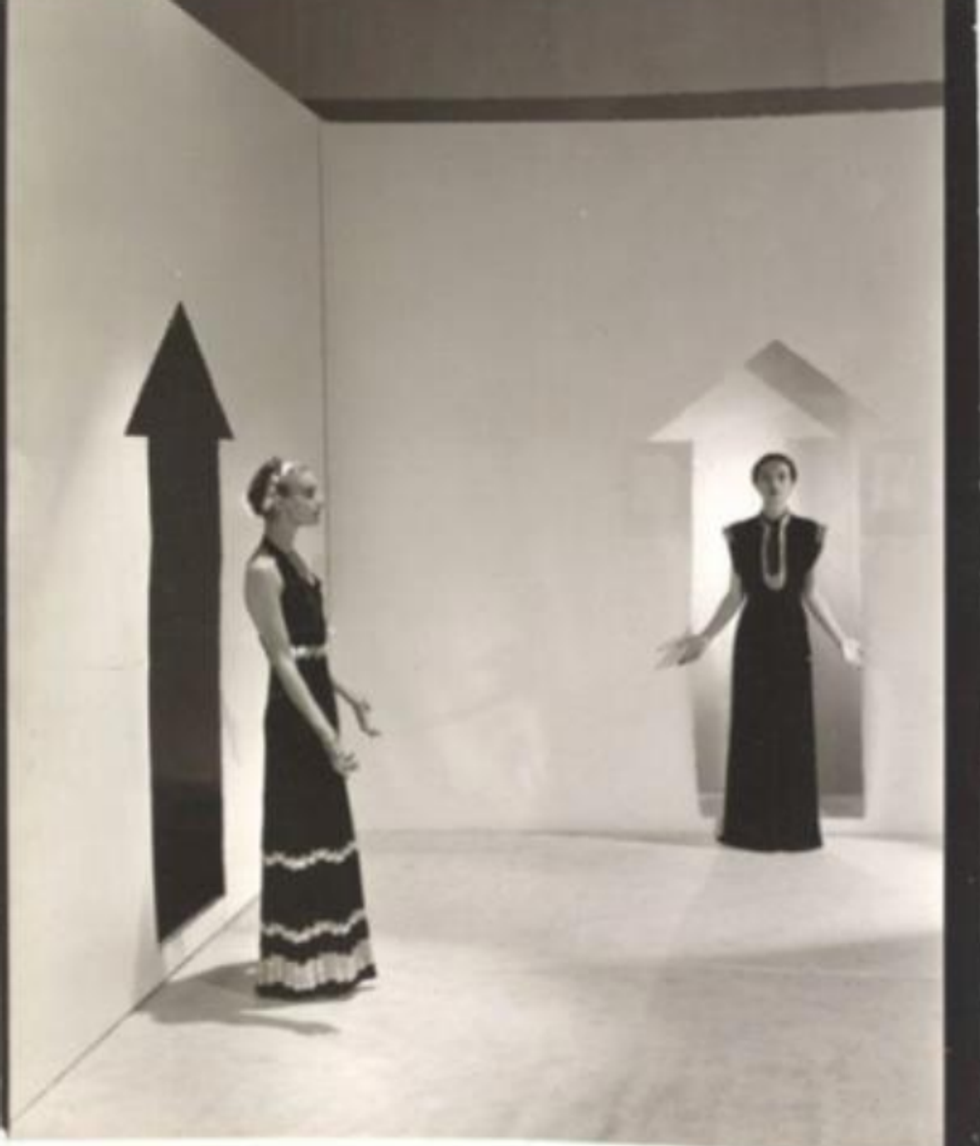 Vogue 1936; Two models, standing in a white room with arrows painted on walls and wearing dresses by Schiaparelli;Cecil Beaton/Condé Nast via Getty Images
Vogue 1936; Two models, standing in a white room with arrows painted on walls and wearing dresses by Schiaparelli;Cecil Beaton/Condé Nast via Getty Images

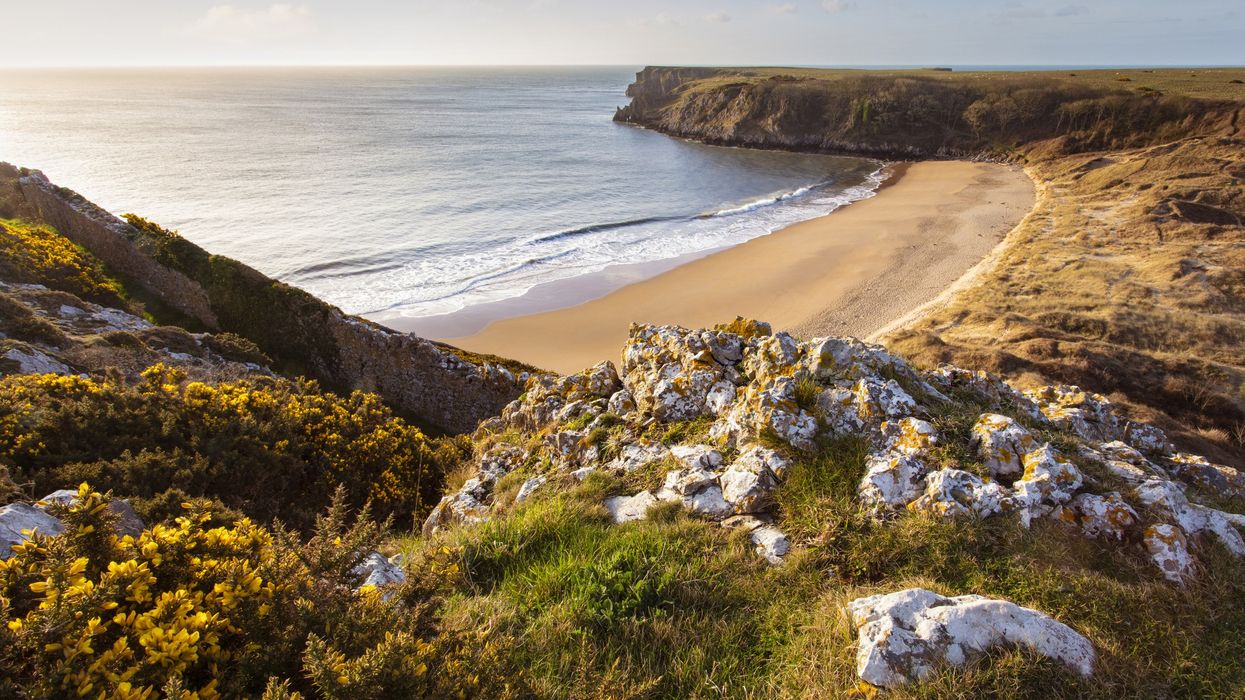
 Many of these beaches are tidal and best enjoyed at low tideiStock
Many of these beaches are tidal and best enjoyed at low tideiStock It’s also unofficially clothing-optionaliStock
It’s also unofficially clothing-optionaliStock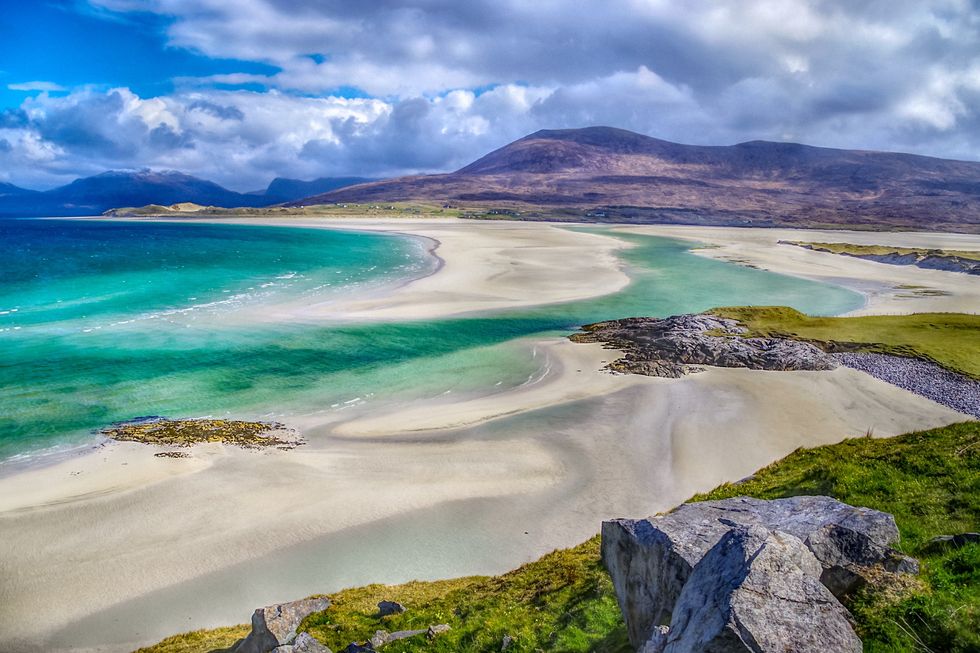 Framed by the turquoise seaiStock
Framed by the turquoise seaiStock It’s best visited early or late in the dayiStock
It’s best visited early or late in the dayiStock